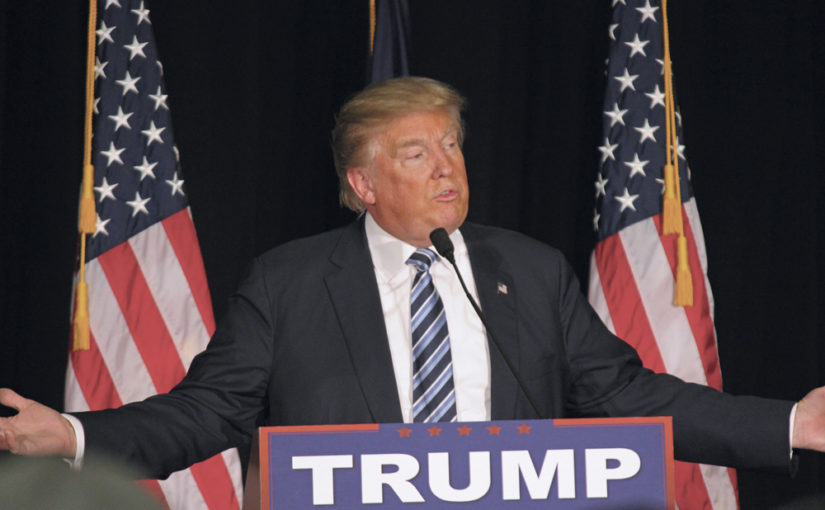After the 2016 election, a survey was sent out to undergraduate and graduate students in North Dakota to look at their voting choices and experiences.
“The survey also provided information regarding student preferences on candidate and issues,” Nick Bauroth said, the managing director of the Upper Midwest Center on Public Policy and Department of Criminal Justice and Political Science.
The survey found a reduction in the number of respondents that attempted to vote but were unable to when compared to the 2014 midterm elections. In the 2014 midterm elections, 3.2 percent of North Dakota college student respondents were unable to participate and in the 2016 election. Only 0.82 percent reported to have difficulties participating.
Bauroth said students completed their surveys between Nov. 9 and Dec. 17, 2016.
“Of the 45,359 students invited to participate, 4,810 completed the survey for a total response rate of 10.6 percent,” the UMCPP reported in survey results.
University of North Dakota had the greatest number of students who took the survey, followed by North Dakota State.
Slightly under 1 percent of NDSU students could not vote due to residency requirements.
The UMCPP said some students did not vote due to the need to sign a voter’s affidavit possibly affecting scholarships.
There is evidence that suggests there are miscommunications between poll workers and student voters about voter eligibility, and it is still an issue in elections.
Brittney Andreas, a nursing student, said she voted at the Fargo library downtown and it was “more convenient to vote up here than going home.” She added she faced no problems with voting.
College voters were more likely to support Hillary Clinton or a third-party candidate over Donald Trump and the student support for each candidate varied by institution, UMCPP survey results found.
In North Dakota, almost 63 percent of state voters voted for Trump, whereas on North Dakota campuses 45.5 percent supported Trump.
At UND, respondents preferred Clinton with 43.2 percent and followed by Trump with 40.1 percent. At NDSU, respondents preferred Trump with 42.9 percent and followed by Clinton with 40.2 percent. This mirrored The Spectrum’s research, which found Trump leading candidates in a pre-Election Day poll.
Respondents from the nine other institutions preferred Trump with 57.3 percent and followed by Clinton with 24.5 percent.
NDSU has 16.9 percent of respondents choose the other option, UND had 16.7 percent and the other nine institutes had 18.2 percent for other.
College students as a group were more likely to back the Democratic Party than the rest of the state’s population and support differed by whether respondent attended NDSU, UND or one of the other campuses, survey results found.
Andreas said she is not surprised college students were more likely to back the Democratic Party.
